Is there any way to kill ragweed??
redding
12 years ago
Featured Answer
Sort by:Oldest
Comments (18)
tigerdawn
12 years agolast modified: 9 years agoslowpoke_gardener
12 years agolast modified: 9 years agoRelated Professionals
East Patchogue Landscape Architects & Landscape Designers · Annandale Landscape Contractors · Holland Landscape Contractors · Indio Landscape Contractors · McLean Landscape Contractors · Palos Verdes Estates Landscape Contractors · Pleasanton Landscape Contractors · Pompano Beach Landscape Contractors · Raleigh Landscape Contractors · Round Lake Landscape Contractors · Sun City Center Landscape Contractors · Winter Gardens Landscape Contractors · Braintree Decks, Patios & Outdoor Enclosures · Mastic Decks, Patios & Outdoor Enclosures · Novi Decks, Patios & Outdoor EnclosuresOkiedawn OK Zone 7
12 years agolast modified: 9 years agotigerdawn
12 years agolast modified: 9 years agoredding
12 years agolast modified: 9 years agoOkiedawn OK Zone 7
12 years agolast modified: 9 years agoelkwc
12 years agolast modified: 9 years agoredding
12 years agolast modified: 9 years agotomatoworm59
12 years agolast modified: 9 years agoOkiedawn OK Zone 7
12 years agolast modified: 9 years agoredding
12 years agolast modified: 9 years agotomatoworm59
12 years agolast modified: 9 years agoredding
12 years agolast modified: 9 years agoelkwc
12 years agolast modified: 9 years agobiradarcm
12 years agolast modified: 9 years agoredding
12 years agolast modified: 9 years agoRicardo Smith
3 years ago
Related Stories

HOUSEPLANTS8 Houseplants You Can't Kill
They're forgiving and let you forget. Houseplants don't get any easier than this
Full Story
MOST POPULARThe Perfect Houseplant for People Who Kill Houseplants
If you can fill a jar with water, you can keep golden pothos vine happy — and it will pay you back with cleaner air and a greener home
Full Story
COLORWhen Color Could Kill: Stories From the History of Paint
Delve into paint's storied past — what you learn about its history and modern incarnations may surprise you
Full Story
FIREPLACES8 Fantastic Freestanding Fireplaces to Warm Any Room
Free up your room's design and lighten the load on your budget with a freestanding fireplace in a style to suit your taste
Full Story
THE HARDWORKING HOME6 Smart Ways to Work Your Square Footage
The Hardworking Home: From Juliet balconies to movable walls, here’s how to make a home of any size feel more open, flexible and fun
Full Story
GRASSES10 Ways to Use Ornamental Grasses in the Landscape
These low-maintenance plants can add beauty, texture and privacy to any size garden
Full Story
GARDENING FOR BUTTERFLIES3 Ways Native Plants Make Gardening So Much Better
You probably know about the lower maintenance. But native plants' other benefits go far beyond a little less watering and weeding
Full Story
PATTERN10 Fearless Ways With Zebra
Here's how to use this exotic animal print without scaring the horses
Full Story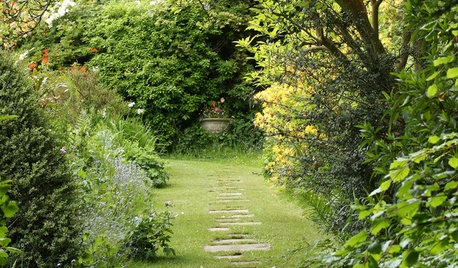
GARDENING GUIDES3 Easy Ways You Can Garden for Nature
Your choice of plants can help wildlife while cleaning the air and water
Full Story
ORGANIZING6 Ways to Care for Your Washing Machine
Keep your laundry room and clothes in great shape with these basic washing machine tips
Full StorySponsored
Columbus Area's Luxury Design Build Firm | 17x Best of Houzz Winner!
More Discussions






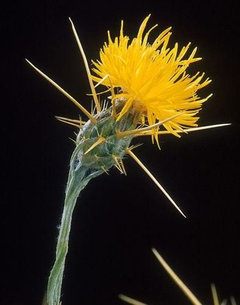
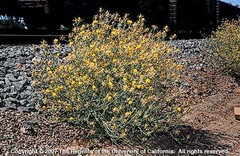
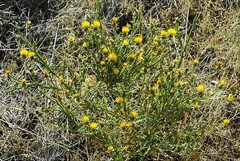
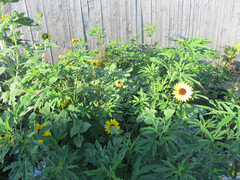
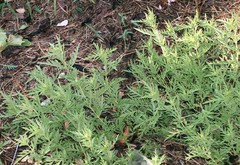
elkwc